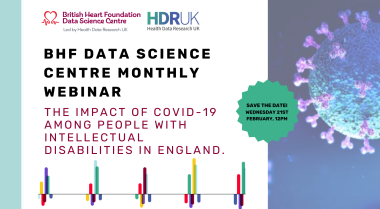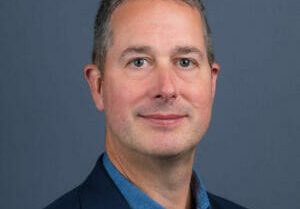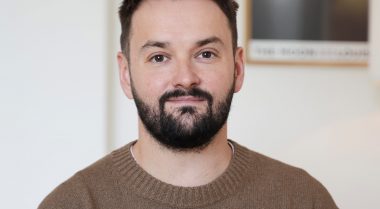COVID-19 is a serious disease caused by the virus SARS-CoV-2. So that we can protect communities, we need to find out how many people have this virus and who they might infect.
Most people get tested when they start to feel sick. However, some people don’t ever feel sick when they have the virus. So they might pass on the virus to others without knowing. We are developing new ways to learn how many people have the virus but don’t have symptoms, so we can protect the whole community.
Luckily, fragments of the virus can be found in the poo of people who have COVID-19, even if they don’t feel sick. The poo travels through the sewerage system to local sewage treatment works where samples can be collected to measure the concentration of virus fragments.
We are able to use this sewage data to estimate how many people in the community have COVID-19 by linking COVID-19 healthcare data and sewage data. The data we are using in this project, cannot be linked to an individual’s personal data, so privacy is not compromised
We want our estimates to be as correct as possible, so that we can compare them with data from local hospitals to understand how many people get sick with COVID-19 and need medical help. This project will produce the data we need for the comparisons.
The aim of this project is to help us predict when hospitals will get busy and need extra help so we can keep communities safe.
Visit the Health Data Research Innovation Gateway



